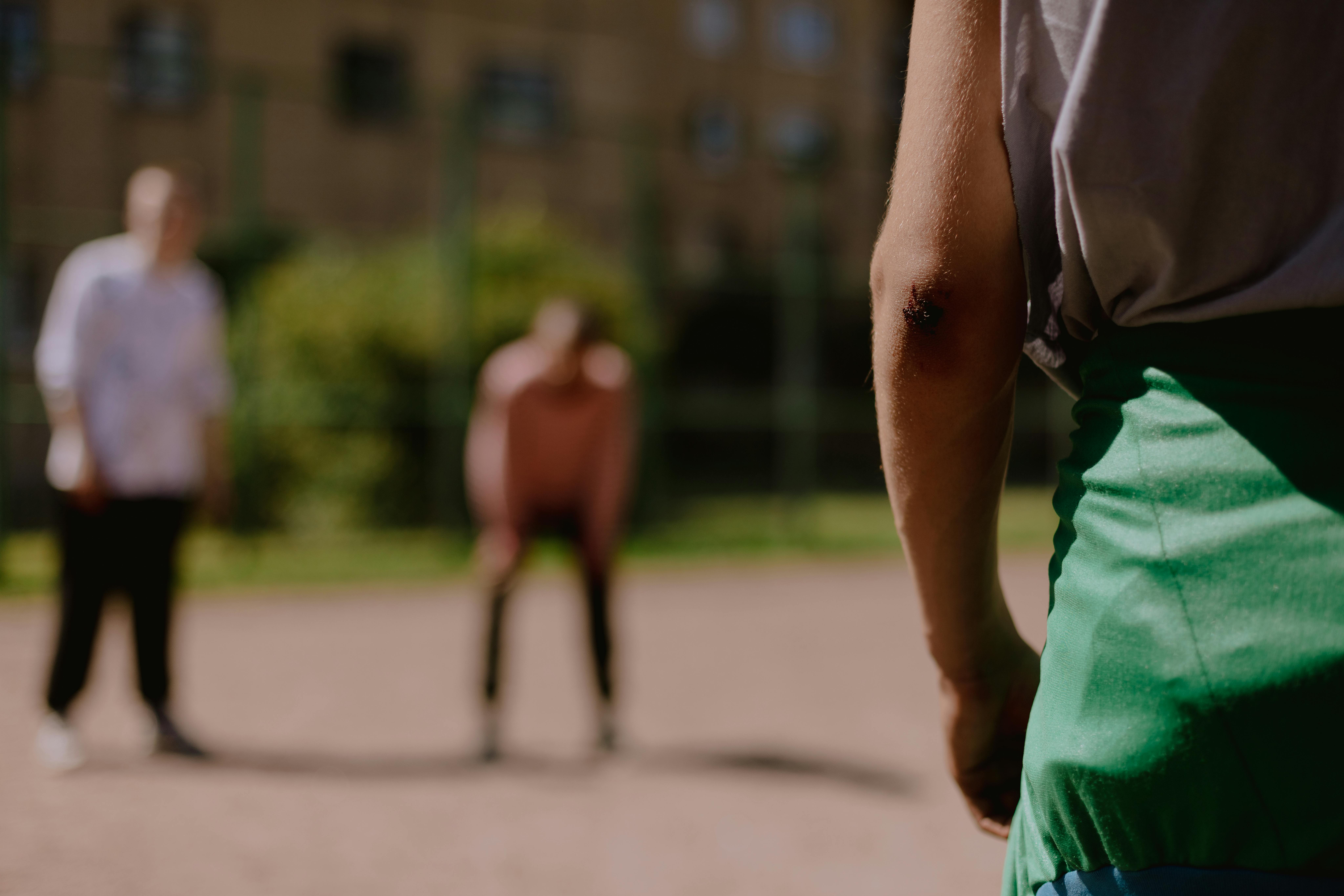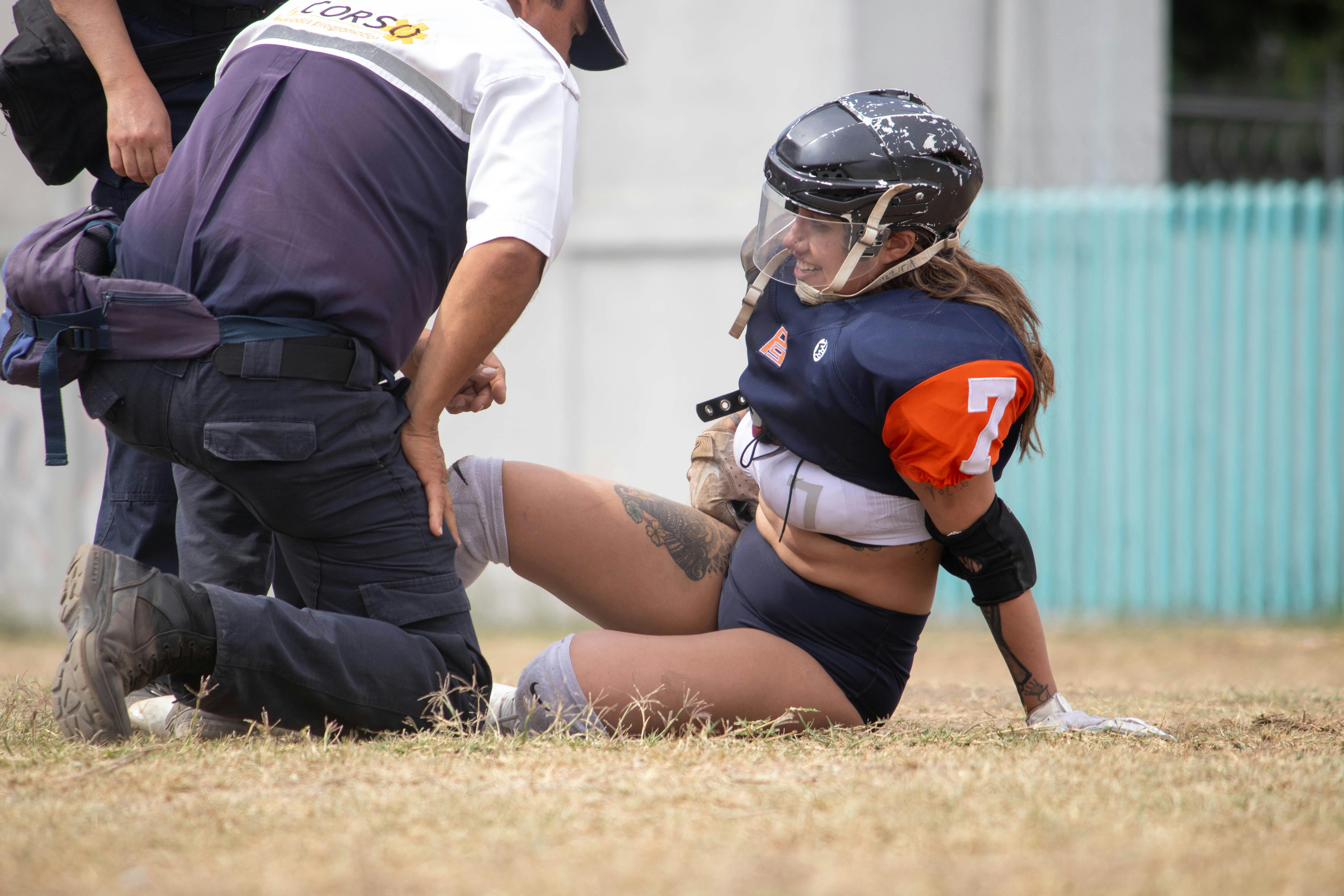Saint Lucia Injury Prevention: 7 Easy Steps for Young Athletes’ Safety
Back in 2017, I attended my first Saint Lucian youth football tournament—sweat-soaked jerseys, gritty barefoot runs, and proud parents perched on battered stands. One thing struck me instantly: injuries, even among promising kids who just wanted to play. We’ve all seen it—scraped knees, pulled muscles, twisted ankles. Honestly, my heart still sinks when I think about those moments, especially knowing how preventable many youth sports injuries truly are. That year, a community coach asked, “What’s one thing we could change to help our young athletes make it safely to game day?” That question shaped my approach ever since.
Even as Saint Lucia’s sporting infrastructure improves and our athletes gain international attention, youth injuries persist at an alarmingly high rate1. Here’s the kicker—science says up to 50% of these mishaps can be prevented through simple, daily habits2. Not fancy equipment. Not expensive medical care. Not even full-time coaches. Just straightforward routines, local know-how, and genuine commitment—a cocktail of evidence, tradition, and a dash of personal stubbornness.
Why Injury Prevention Matters in Saint Lucia
Let’s not sugarcoat it. Athletic injuries are more than just a physical setback—they often mean missed school, broken confidence, medical expenses, and sometimes lifelong fear of movement. And, just like everywhere, Saint Lucia’s young athletes are hungry for achievement. But is ambition alone enough to keep them healthy? Certainly not. Ask any parent whose child spent a week icing a swollen ankle and you’ll hear real, raw frustration.
True injury prevention isn’t about denying risk, but embracing preparation. This means parents and coaches, even those who never played sport themselves, can have an enormous impact just by practicing smart habits and teaching kids to do the same. Not convinced? Consider this: A recent Oxford University study found youth teams with regular warm-up and cool-down routines had 40% fewer injuries than teams who skipped them5.
Key Insights on Habit Formation
Habit-building is tricky in any culture. In Saint Lucia—where sport doubles as social glue—the challenge is persuading excited young footballers, swimmers, or cricketers to pause and do “boring” things (like stretching or drinking water) every single day. What I’ve consistently found is that community and family routines shape individual athlete habits more than personal motivation alone6.
- Habits stick when adults model them, not just preach them.
- Peer influence is a game-changer—kids copy what their teammates do.
- Celebrating habit milestones (small wins!) keeps momentum going.
- Failure is normal; routines fall apart and require patient reset.
Honestly, I’m still revising my own thinking about forming lasting habits—the latest learning: personalization. Each athlete (even siblings) has unique triggers and barriers, so one-size-fits-all models simply don’t work. Coaches who realize this, adapt smarter, and see better long-term results. Speaking of adapting…
All right, let’s dig into practical steps. Here’s the scoop—every actionable tip ahead is designed for parents, grassroots coaches, and youth athletes to use immediately, regardless of budget or experience. Let that settle a moment. These aren’t luck—they’re proven, local strategies that Saint Lucia’s kids, families, and coaches can start as soon as today.
Step 1: Roles of Parents & Coaches in Preventing Injuries
Here’s what often gets missed: prevention begins at home and in the community before any whistle blows. In my experience, parents who show interest—asking kids about aches, encouraging healthy snacks, joining warm-ups—see fewer injuries. But coaches really set the tone.
- Parents should attend practice when possible, observe drills (even if just occasionally), and ask questions about routine changes7.
- Coaches must foster a safe environment—regular equipment checks, enforcing rest days, and honest injury reporting are crucial.
- Athletes should be taught to self-advocate (“My ankle hurts, Coach”) without fear of losing playing time.
Honestly, years ago I underestimated how much peer pressure affects injury reporting in Saint Lucia—a kid would say nothing rather than disappoint their coach or team. I now ask every team to normalize open injury talk.
Step 2: The Right Warm-Up (Don’t Skip!)
Ever notice how Saint Lucian teams rush warmups as just a formality? Honestly, I’ve been guilty—cutting short because rain threatens, or kids just want to play. This is a HUGE mistake. Research from the American Academy of Pediatrics links skipped or poor warmups to a 55% increase in sprains, strains, and pulled muscles among Caribbean youth athletes9.
- Begin with light cardio (jogging, jumping jacks)—3–5 minutes.
- Follow with dynamic stretches (leg swings, arm circles)—aim for 5 minutes. Static stretches come after play, not before.
- End with brief sport-specific drills—balance exercises for football, gentle strokes for swimming, etc.
One rainy season, our local cricket club saw a sharp decline in ankle injuries—turns out, coaches had simply made warmup routines mandatory and nonnegotiable. “No warmup, no game.” It stuck.
Step 3: Hydration & Weather Management
Hydration is not just about bringing a water bottle—it’s about managing Saint Lucia’s intense humid heat. Trust me, dehydration creeps up fast, especially on young bodies, and can quickly lead to everything from muscle cramps to serious heat-related illnesses10.
- Encourage water breaks every 20–30 minutes, not just during half-time.
- Remind athletes that thirst is a late warning—drinking should be proactive.
- Beware of sugary energy drinks—research routinely shows these disrupt hydration, especially in the heat.
- Check for signs of dehydration: headache, unusual fatigue, dizziness.
Back in May 2022, my team lost three players to heat exhaustion in just two matches—despite our good intentions, we hadn’t adjusted practice times after an unexpected heatwave. Still pains me to admit that mistake. I now advocate for flexible scheduling above all else.
Step 4: Rest & Recovery Practices
Saint Lucian youth—like kids everywhere—often want to push through pain for love of the sport. But chronic injuries often start with poor recovery. How do we fix that? Simple rituals and community reinforcement.
Key recovery steps:
- One full rest day per week, minimum—no exceptions.
- Post-game stretching (not before), with muscle groups targeted by sport.
- Gentle walking or swimming on “active rest” days instead of intense practice.
- Family support—parents should praise rest, not just effort.
Where do most teams go wrong? Ignoring recurring minor pain—kids with lingering soreness, “just a tweak,” or repeated fatigue that goes unaddressed. I’ve learned, sometimes painfully, that honoring rest signals is non-negotiable for true prevention.

Step 5: Training Technique—Quality Over Quantity
When I first started as a volunteer coach, I obsessed over how many drills we could fit in each week. Turns out—technique matters WAY more than raw repetition. Poor form is the most under-recognized driver of youth injuries in Saint Lucia, especially in sprinting, kicking, and swimming12. And let’s be honest—kids copy adults, so sloppy coach demonstrations rub off quickly.
- Teach correct form early—don’t wait until “real competition” starts.
- Correct technique gently; avoid shaming.
- Film short practice videos for team feedback. (Yes, even on a budget smartphone!)
- Switch up routines—variety prevents repetitive stress.
Saint Lucian cricket teams who added short weekly “form checks” saw an astonishing 38% drop in overuse injuries in the last season13. Technique isn’t just for the pros—it’s foundation for everyone.
Step 6: Listening to Body Signals (Prevent Big Issues Early)
This is personal for me. Fifteen years ago, a promising Saint Lucian swimmer missed nationals due to a festering shoulder injury. She said nothing for weeks. Turns out, she thought pain was normal. What really strikes me now is how common that silence still is—and how easily it can be fixed.
- Teach athletes simple pain scales (1–10)—make “4+” a stopping point, not a badge of honor.
- Celebrate honest injury reporting. Acknowledgment, not punishment.
- Parents should check for sudden performance changes—slower times, awkward movements, or unusual withdrawal.
- Encourage peer accountability. If a teammate’s limping, speak up.
I’ll be completely honest—I used to think that talking about pain would scare kids out of sport. Wrong. Turns out, it empowers them to play smarter… and longer.
Step 7: Build a Community Culture of Injury Prevention
Let me step back for a moment. Individual effort matters, but real change in Saint Lucia is communal. Coaches, parents, and local organizations must unite to make healthy sport routines “normal.” This is where I get passionate. When schools, clubs, and even local businesses join the conversation, injury prevention becomes woven into youth sport culture.
- Community workshops—invite physiotherapists and injury prevention experts for annual talks.
- Share success stories—a team with fewer injuries gets celebrated at local events.
- Social media campaigns—quick, positive habit reminders work wonders.
- Sponsor healthy prizes—hydration kits, cool-down gear, or local fruit baskets for “Best Habits.”
Recently, during a Saint Lucian school sports day, teachers led a mass group stretch—both hilarious and truly moving. Kids laughed, parents joined in, and the post-event survey showed record-high satisfaction… and zero serious injuries14.
What I should have mentioned first: It’s progress, not perfection, that counts in habit-building. Celebrate every new routine, every honest injury report, every completed warmup—not just championship-winning moments. Injury prevention is fully a team sport in Saint Lucia.
| Step | Easy Habit | Local Example | Key Benefit |
|---|---|---|---|
| Warm-Up | 3–5 min dynamic stretch | Football teams before practice | Reduces muscle injuries |
| Hydration | Water breaks every 20 min | Cricket clubs during matches | Prevents cramps & overheating |
| Technique | Weekly “form checks” | Swimming team video review | Limits repetitive strain |
| Recovery | Rest day each week | Community support for downtime | Stops chronic injuries |
Summary: Saint Lucia’s Action Guide to Injury Prevention in Youth Sports
Okay, let’s step back and tie it all together. What stands out most, looking back on years spent on Saint Lucian sporting fields, isn’t just big championship wins or jaw-dropping moments—it’s seeing kids play longer, injuries gradually dropping, and families coming together around smart, sustainable routines.
- Prevention is a shared commitment—kids, parents, and coaches working together, every day.
- Habits must be simple, repeatable, and celebrated—perfection is not required.
- Errors are inevitable (even for seasoned coaches)—learning from them builds trust and better habits.
- Culture is king—make injury prevention “cool,” normal, and part of everyday Saint Lucian sport.
Let that sink in. Injury prevention isn’t about fear—it’s a declaration of care, pride, and ambition for our children. Whether your child just made their first team, or your squad dreams of Caribbean gold, remember: these seven steps aren’t just tips; they’re safeguards for a lifetime of movement, joy, and resilience.
For ongoing support, tap into local resources—physiotherapists, community health agencies, and credible online portals15. Encourage youth athletes to voice concerns, attend workshops, and track simple habit milestones. Even the smallest improvements matter.
On second thought, if you’re a coach or parent feeling overwhelmed—start with just one step. Maybe warmups, maybe honest injury talk, perhaps better hydration. Each simple action you model, no matter how small, protects young athletes today, and sets the next generation up for even greater success tomorrow.
References



